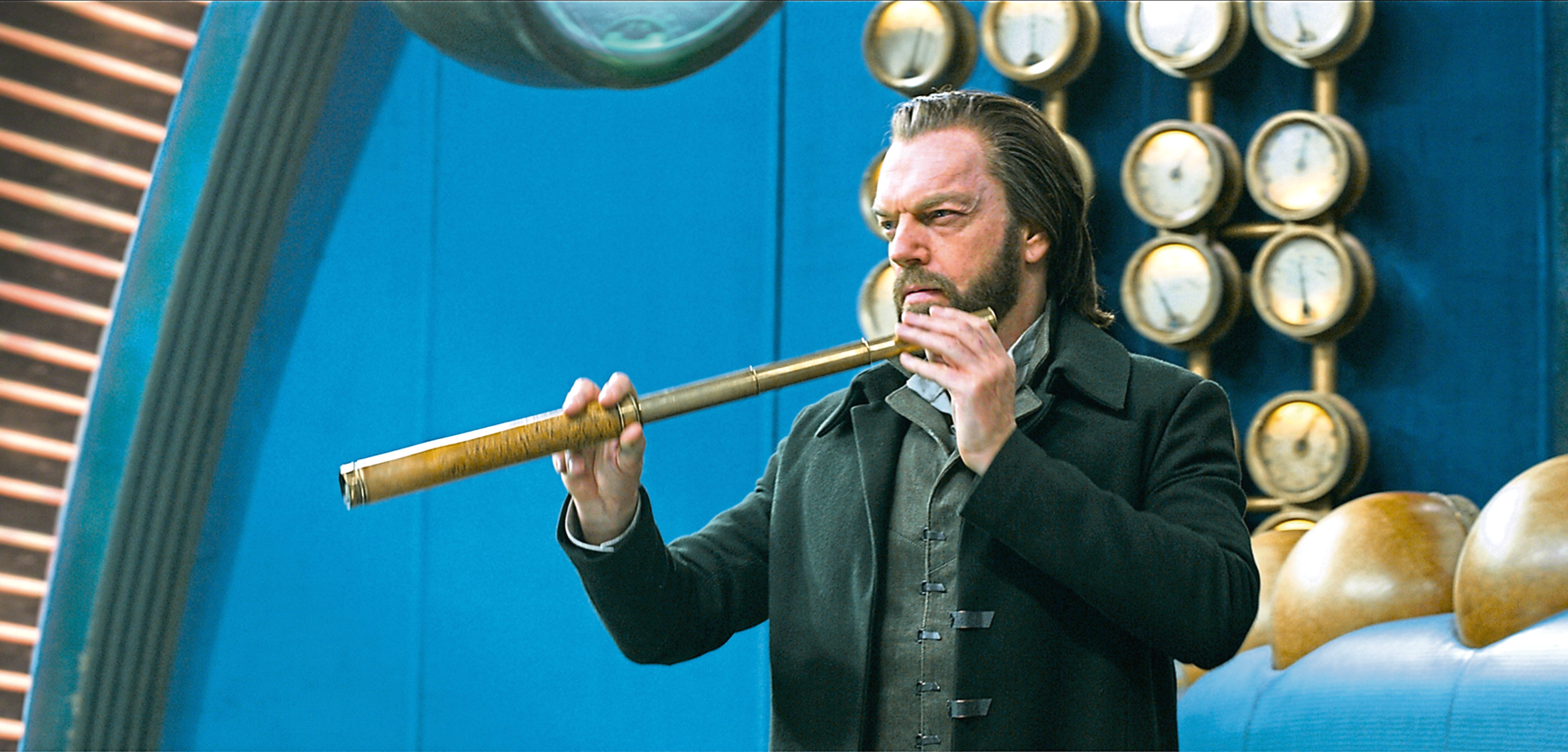
IF you have mixed feelings about our British capital, perhaps Mortal Engines isn’t the movie for you.
From the novels by Brighton-born writer Philip Reeve, best known for his kids’ books and illustrations, it is a much, much darker piece.
And it doesn’t portray the London of the future in a very pretty way!
It will, however, have adult audiences as riveted as Reeve’s work on everything from Horrible Histories to Day Of The Hamster and Custardfinger did on much younger fans.
In this one, London has been put on wheels and careers around our islands, swallowing up other towns and cities in a post-apocalyptic nightmare.
Far-fetched, or what the Big Smoke already does? That depends on your point of view, and on whether you live there!
If you have often heard the word Steampunk but never truly investigated what it’s all about, this may be just the film for you to get your first taste.
A very sci-fi-inspired fantasy featuring Victorian-era steam-powered machines, Steampunk is often gloriously bizarre to look at, scary and dark.
And boy, is Mortal Engines scary, dark and pretty bizarre, too.
Philip’s book of this name was published in 2001, followed by another three also called Mortal Engines, and he showed such outside-the-box imagination that it was instantly a sure-fire thing to be turned into a movie.
You could say that Hugo Weaving was the sure-fire leading man, too.
With The Matrix, Lord Of The Rings, The Hobbit and Captain America behind him, he’s a natural for such big cinematic ideas.
Weaving plays Thaddeus Valentine, a man with a fair bit of power as the Head of the Guild of Historians.
London at this time is run by Guilds of experts in various fields.
Tom, played by Irish actor Robert Sheehan, and Hester, played by Icelandic star Hera Hilmar, are thrown out of the moving “traction” city that London has become.
She blamed Valentine for the death of her mother, and Tom got in the way and was thrown out by him along with Hester.
As he is just 16 and as a Londoner has never been anywhere outside the city, thus never set foot on grass, land or mud, it becomes a most intriguing tale.
The idea of whole cities being put on wheels and grabbing large chunks of each other, chasing one another across barren land what was once the North Sea, isn’t easy to capture on the big screen.
But they make a good job of it here, and the movie’s other stars all make a major contribution.
Jihae, a South Korean singer, and veteran British star Patrick Malahide also help, but the same people who brought us The Hobbit have made another amazing-looking film.
“It’s a real pleasure to go to work when you’re in the most extraordinary surroundings,” says Weaving, “and working with people who are young and interested and creatively keen.
“I’m always trepidatious and excited about what I do. I wouldn’t choose to do something unless I am really excited about it.”
Mortal Engines is in cinemas from Friday December 14.

Enjoy the convenience of having The Sunday Post delivered as a digital ePaper straight to your smartphone, tablet or computer.
Subscribe for only £5.49 a month and enjoy all the benefits of the printed paper as a digital replica.
Subscribe